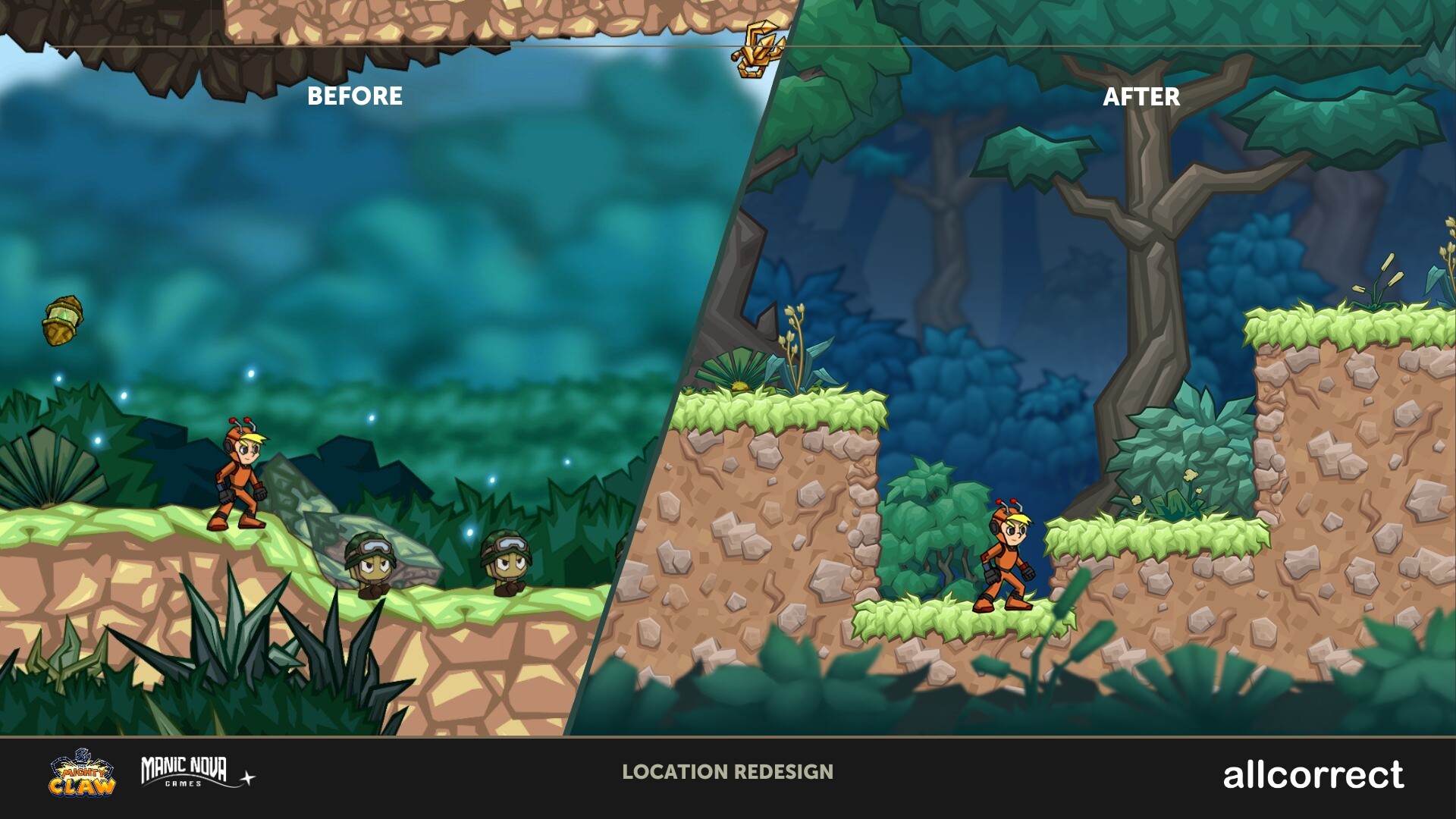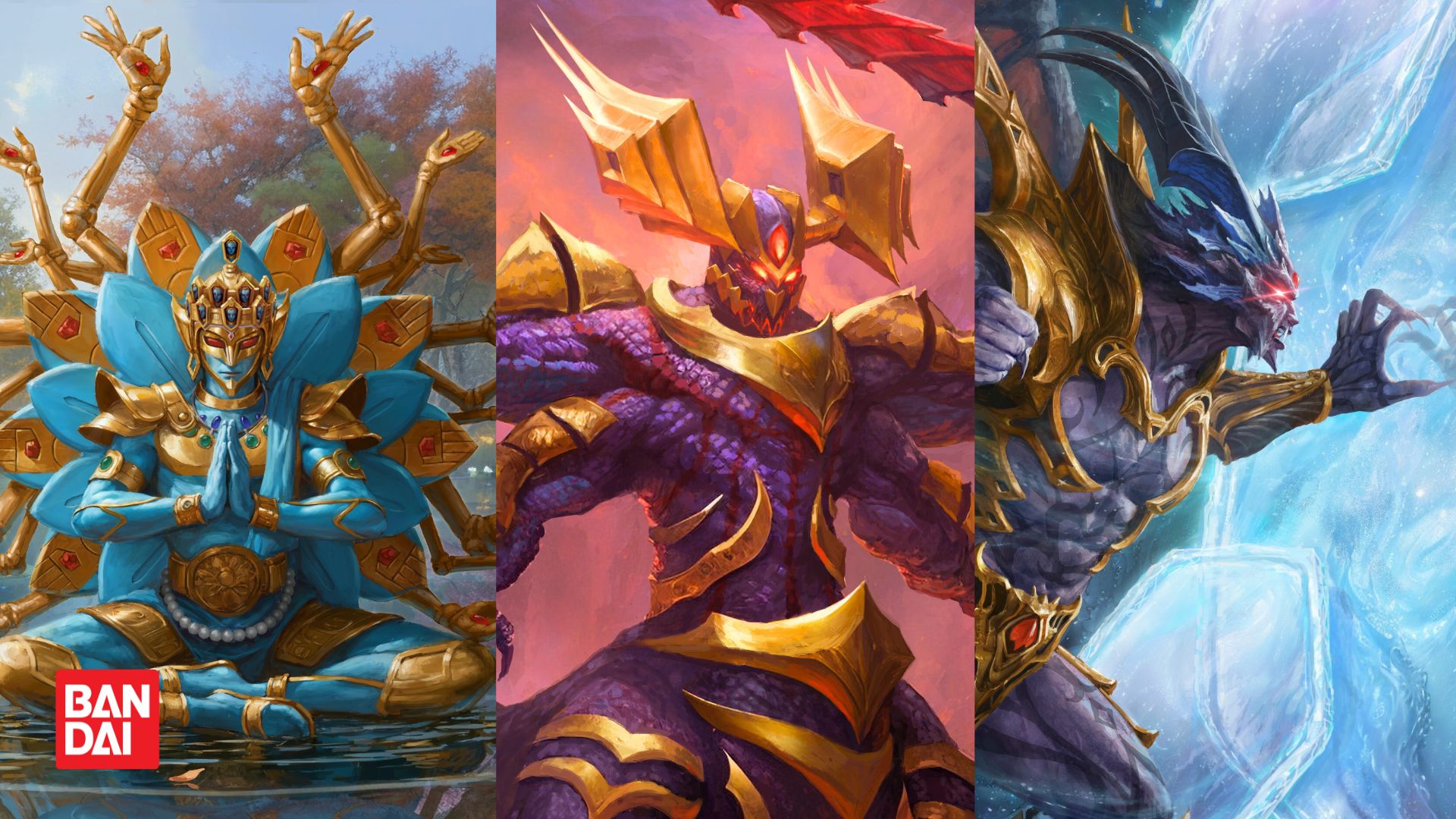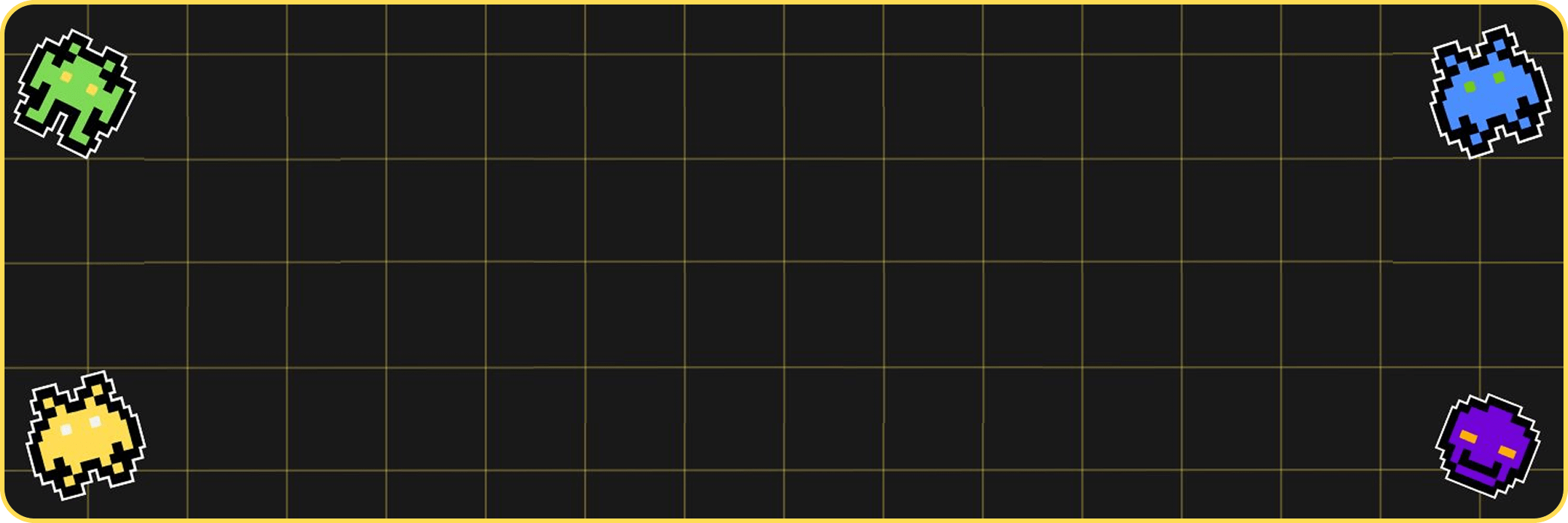Scaling your game development rapidly? Learn how outsourcing can help you navigate rising costs and unpredictable challenges! Discover how we streamline projects from the start, find the perfect artists, and manage scaling seamlessly.
In 2024, the gaming market is presenting new challenges for creators: rising production costs, unpredictable futures, and frequent disruptions to the game development process. In addressing these challenges, many companies have resorted to a series of layoffs, which can be both costly and damaging to company reputations. Working with an outsourcing company can mitigate these kinds of risks. Here’s how our process works.
Make Projects Correctly from the Start
Properly categorizing work and selecting the right tools from the beginning helps avoid unnecessary costs and allows for quick team scaling.
For example, when a new task comes to us, we first categorize it:
| 2D rendering | 3D rendering | |
| 2D animation | 3D animation |
After that, a lead artist specializing in that type of graphics estimates the time and skill set needed. The exact figures depend on the project. For example, it takes about 8 hours to develop an assortment for the Mighty Claw: 2 hours for sketching and 4–5 hours for rendering. Creating a whole game location can take 30–40 hours.
 2D Game Art. Produced by Allcorrect for The Mighty Claw by Manic Nova Games.
2D Game Art. Produced by Allcorrect for The Mighty Claw by Manic Nova Games.See more of our art for The Mighty Claw by Manic Nova Games.
Other factors influencing project evaluation include:
- Stylistics. Hypercasual images are created faster than highly detailed realistic art.
- Depth of immersion. Extensive material study increases the timeline.
- Client’s internal processes. Integrating our work into the client’s processes can affect timelines.
We Need More Artists Yesterday
No matter how much developers try to streamline the game creation process, game creation is unpredictable, requiring flexibility to increase content, change workflows, or start new concepts. It’s difficult to remain flexible with an in-house team, but outsourcing companies excel at this by constantly selecting teams for various projects. Changes to a client’s requirements don’t frighten us!
If a client needs to increase the scope of work, we first check if the current team can handle it. If not, we estimate the number of people needed and inform the client of the time required to find them. The wizards in our vendor management department handle this swiftly, usually within two weeks, although it often happens faster. How do they do it? Don’t ask—it’s pretty close to being magic!
As volumes grow, pipelines are reorganized. For instance, one location might be divided between two artists to speed things up. Of course, we would then need to set aside a small amount of time to unify the composition (by the way, the localization department has similar processes—if a text is translated by several linguists, an editor needs to check uniformity before the project is handed over). In animation, large teams include time for final stylistic adjustments, rig cleanup, and consolidation into a single file.
Finding the Right Artists
We start by having our lead artist make style recommendations based on the client’s requirements and reference portfolios. Constantly selecting artists for different tasks, even when not immediately needed, helps us maintain a base of proven, experienced artists for quick project integration. If our base lacks suitable artists, we create talent request form for our vendor managers.
After initial selection, the lead artist conducts an additional check and forms the final team, keeping a few artists in reserve to ensure deadlines are met even if something goes awry.
Key Scaling Issues
There are several things that can go wrong when dealing with a surge in production. Let’s look at a few of those issues.
- Choosing the Wrong Team
Acting on tight deadlines can lead to errors in final files if the chosen team’s skill set is inappropriate. This risk is entirely on our side and is handled through careful vetting of our teams.
- Managing a Large Team
Managing 27 people is far more complex than managing 7. A team lead has to manage onboarding, task assignment, schedule tracking, and maintain communication. Working with freelancers means being a boss, friend, and psychologist. Developing this relationship while giving feedback and support in time requires years of experience.
- Communication Difficulties
Large teams increase the likelihood of miscommunications, especially among creative individuals. For example, an artist may take offense at excessive feedback from a lead artist, after which their work may well suffer. Effective managers must smooth out conflicts and, if necessary, change the team.
Case in Point
We’ve recently been working with Bandai on a project that illustrates our handling of scale.
At the start, they came to us with a list of artists they wanted to work with. We handled all negotiations and ensured the desired artists painted for them. We also selected additional team members that meet the client’s high standards. Our ability to find and select the right artists and maintain a staff of additional experts allowed us to:
- Meet deadlines
- Maintain high-quality art
- Rotate the team to prevent burnout
- Stay within budget
 2D Game Art. Produced by Allcorrect for Bandai Co.Ltd. All rights reserved
2D Game Art. Produced by Allcorrect for Bandai Co.Ltd. All rights reservedSee more of our art for Bandai Co.Ltd.
I’m Ready! How do I Scale My Project?
We ensure quality work that fits budgets and meets deadlines. To help us do this, you can:
- Provide a detailed Terms of Reference document. The more we understand your project, the better the outcomes.
- Offer references to avoid unnecessary operations. When we have something to rely on, we won’t waste time on unnecessary tasks
- Set realistic deadlines. We can do the impossible, but sometimes we need a small margin to pull it off!
We thrive on ambitious tasks, delivering quality game art while meeting budgets and deadlines. We do all this thanks to our processes, a cool team, and customer cooperation. Want to see for yourself? Leave a request on our website!




